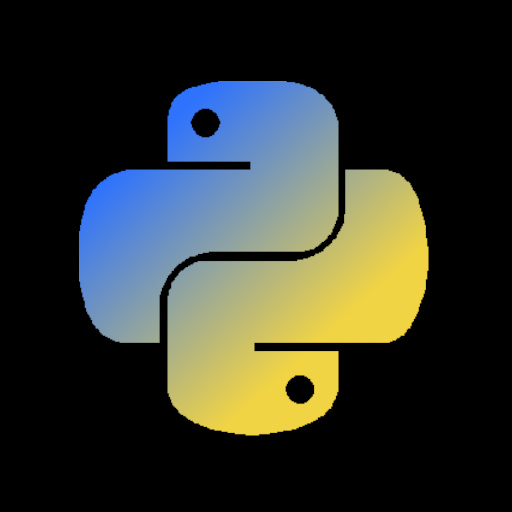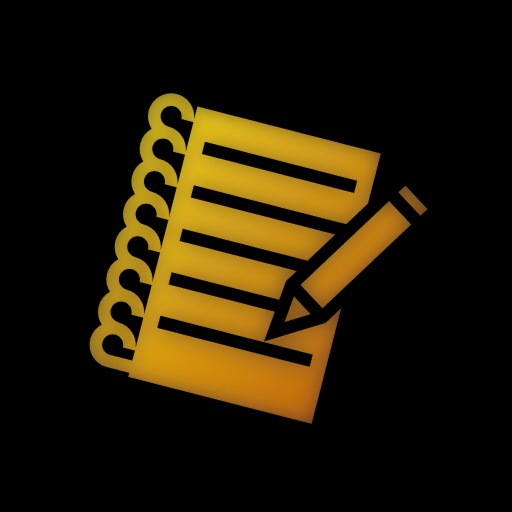

I’ll admit I did used AI for code before, but here’s the thing. I already coded for years, and I usually try everything before last resort things. And I find that approach works well. I rarely needed to go to the AI route. I used it like for .11% of my coding work, and I verified it through stress testing.




I used it only as last resort. I verify it before using it. I only had used it for like .11% of my project. I would not recommend AI.